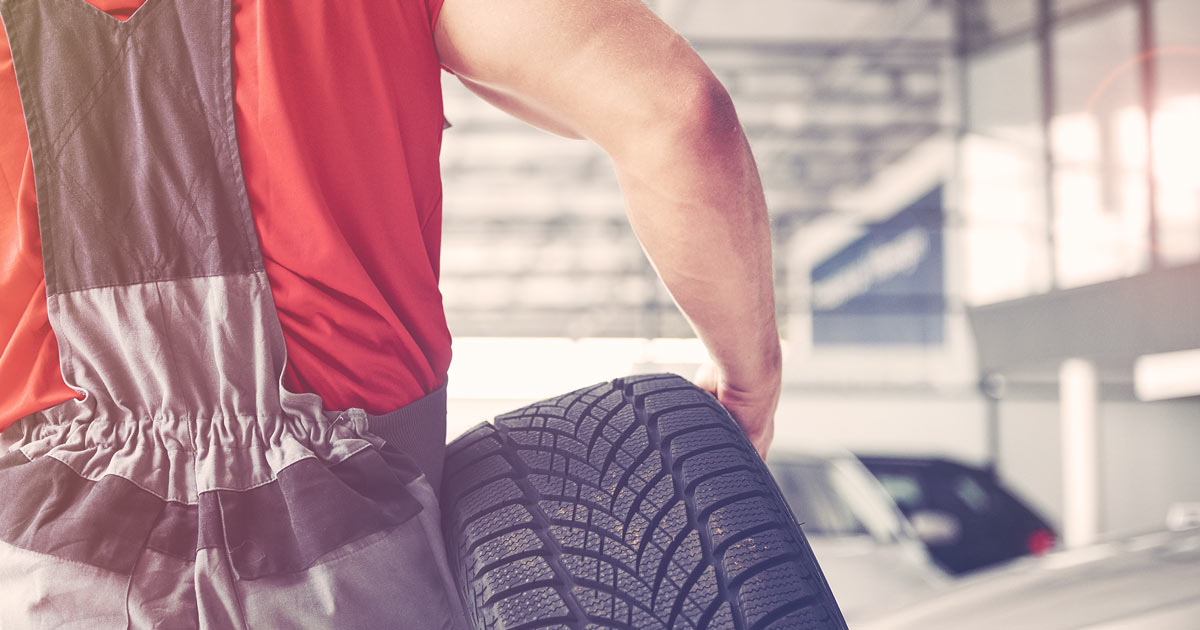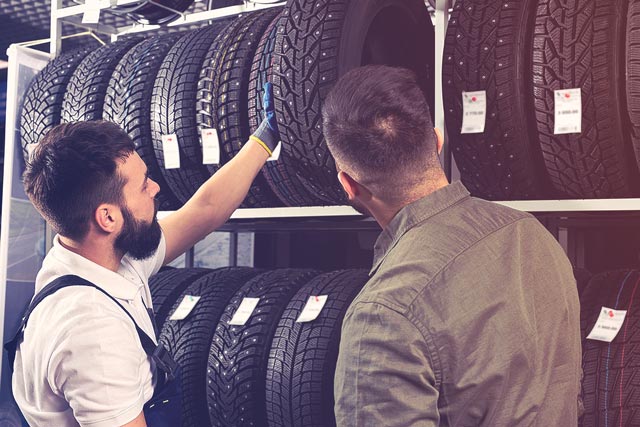
Changing wheels yourself: How does it work and what are the advantages and disadvantages?
The days are getting longer, it’s getting warmer, and the sun is coming out from behind the clouds more and more often. This means: It’s finally spring and therefore it’s time to change tires again.
A rule of thumb says that tires can be left on from Easter to October and winter tires from October to Easter.
Drivers can use this as a good guide. If you are still unsure, you can take a look at the thermometer: When the temperature drops below 7 degrees Celsius more often in the fall, it’s time for winter tires. As soon as it regularly gets warmer again in the spring and the temperature exceeds 7 degrees Celsius, it’s time to switch to summer tires.
Once the right time has been found, the question arises: change it yourself or take the car to the workshop for changing? For those who want to do it themselves, here are the most important steps:
Instructions for changing wheels
If you want to change your car wheels yourself, you need a few utensils and a bit of time. The perfect “wheel-changing equipment” includes:
- a jack
- a jack stand
- a wheel spider
- a key for the rim lock if necessary
- gloves, chalk, or a wax crayon

Once you have your equipment, you’re ready to go:
- It is best to change the tires on a straight and hard surface for safety reasons. First, the car’s handbrake must be pulled.
- Now, the wheel nuts and wheel bolts of the first wheel can be loosened slightly.
- The jack is then positioned in the correct place. It is important that the jack is not placed at an arbitrary position. The correct position is described in the car’s operating instructions and is also marked with an arrow on most cars.
- The next step is to pump. When the wheel hovers a few centimeters above the ground, the wheel nuts and bolts must be completely unscrewed so that the wheel can then be removed and set aside.
- In the next step, the new wheel is then mounted and all wheel nuts and bolts are hand-tightened with the wheel cross.
- Now, the car can be lowered and the wheel nuts and wheel bolts can be fully tightened.
The tires that now have to be stored should be cleaned and checked beforehand. If their tread depth is too shallow, you can save yourself the trouble of storing them and throw them straight into the trash.
Tip:
Immediately label the dismounted wheels with chalk or a wax crayon. This way, it is still clear on which side the wheel was mounted – for example, “FR” for front right, “RL” for rear left. Many wheels are only allowed to run in one direction, so switching the wheels around is not a good idea.
What to consider after changing tires
Before you start driving on changed wheels, you should urgently check the air pressure. So either off to the gas station or check with a compressor at home. Inadequate tire pressure can reduce mileage, drive up fuel costs and even become dangerous.
A quick reminder:
Summer and winter tires need a tread depth of at least 1.6 mm. Better are 3 mm for summer tires and at least 4 mm for winter tires. If the tires are still usable, they should be cleaned and can then be stacked or hung on the wall with a bracket. The best place to store them is in a room that is protected from the sun. But if you want, you can also store your tires at your local car dealer.
Also important: after driving about 50 kilometers, the wheel nuts should be tightened again!

But what are the pros and cons of changing your own tires?
Advantages:
- Cheaper: Sure, if you change the wheels yourself, you need some tools, but these costs are already offset after a few wheel changes.
- Training for emergencies: If a flat tire should prevent you from continuing your journey and there is no roadside assistance in sight, you already know exactly how to proceed.
- More flexible scheduling without booking an appointment: It’s getting warmer and you have the time? Then you can start right away, without booking an appointment and waiting.
Disadvantages:
- If you store the wheels in a workshop or at the car dealer anyway, the wheel change usually costs less as well.
- When changing the wheels in the workshop, services such as wheel balancing and wheel assessment are included.
- If you don’t have anyone with experience to help you change your tires for the first time, you can play it safe by having them changed at a workshop.
So, if you dare to “tackle the tires” yourself, you will save time and money. The process is not complicated either. However, if you’re still unsure, turn to your trusted auto repair shop and use the included services of the professionals at the same time. As long as the right tires are installed with the change in weather, everyone is on the safe side.


